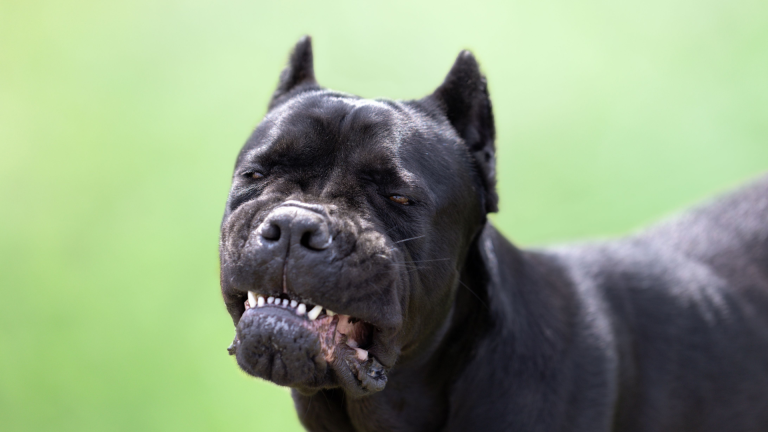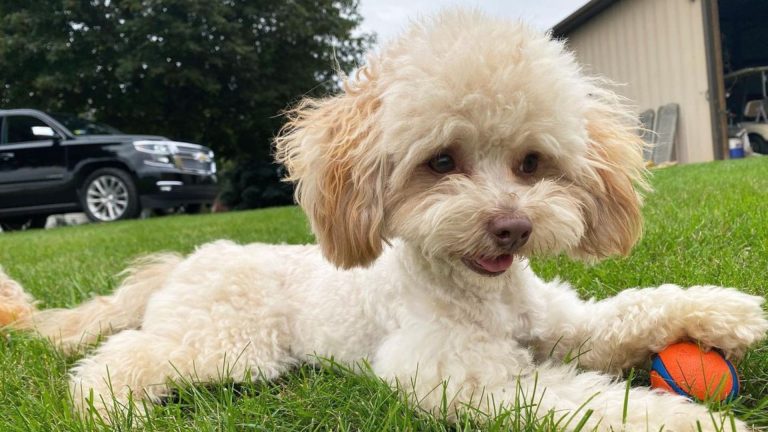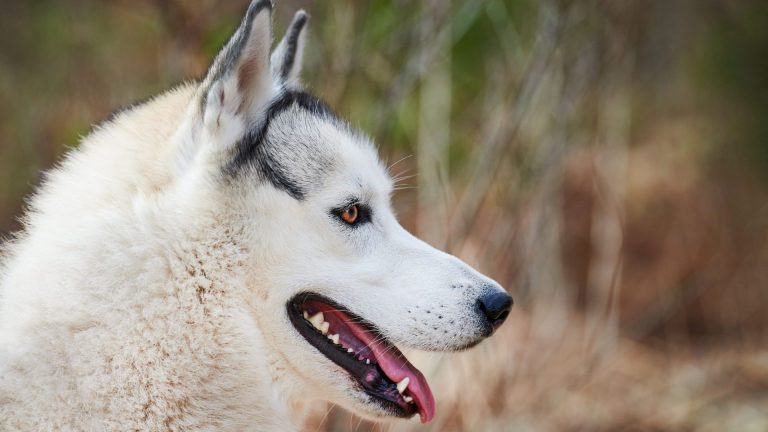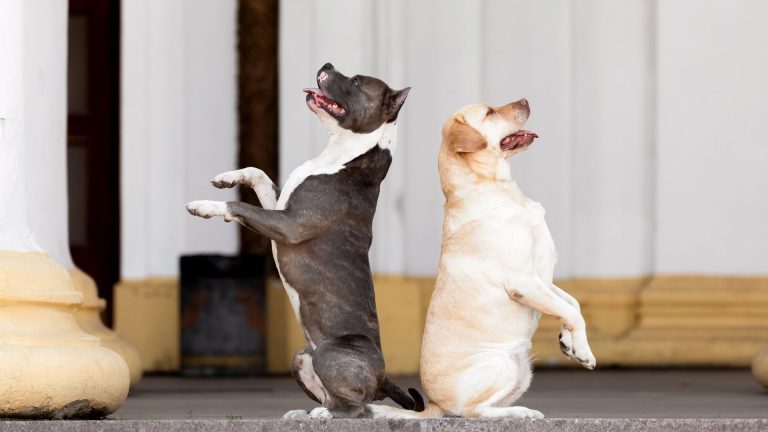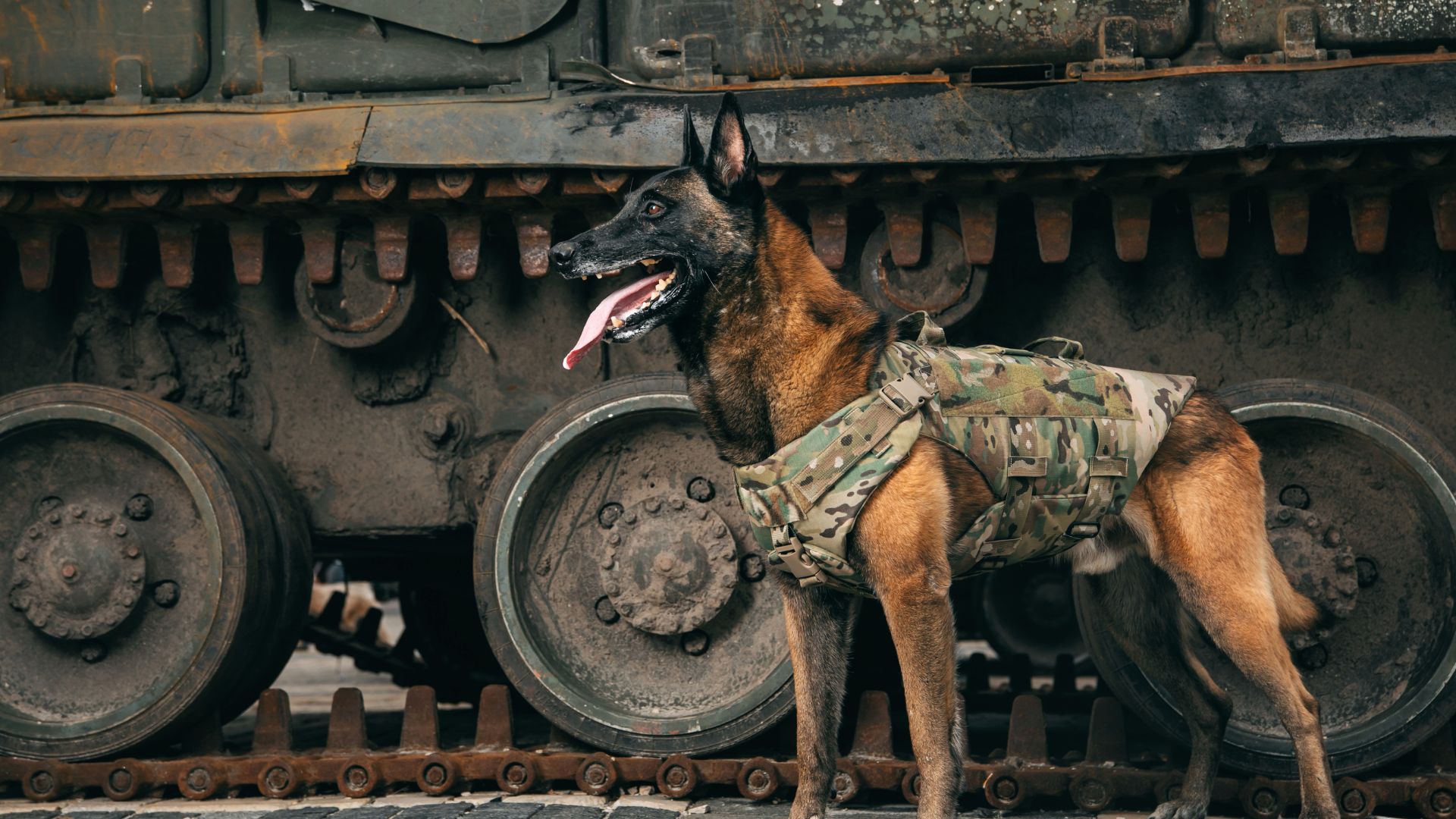
Contents
War dogs have been crucial in military history. From ancient battles to modern warfare, these canines have shown unparalleled bravery and loyalty. Their sharp senses, strength, and intelligence make them indispensable on the battlefield.
War dogs serve many roles in military operations. They sniff out explosives, locate enemies, and provide protection. Their presence boosts the morale of troops. War dogs also perform search and rescue missions, saving countless lives. Their ability to detect danger before humans can make them invaluable.
In this article, we will explore the top 10 war dog breeds. You’ll learn about the German Shepherd, Belgian Malinois, Labrador Retriever, Doberman Pinscher, Rottweiler, Boxer, Dutch Shepherd, Giant Schnauzer, American Pit Bull Terrier, and Airedale Terrier. Each breed has unique traits that make them perfect for military tasks. Discover why these breeds stand out as the best military canines.
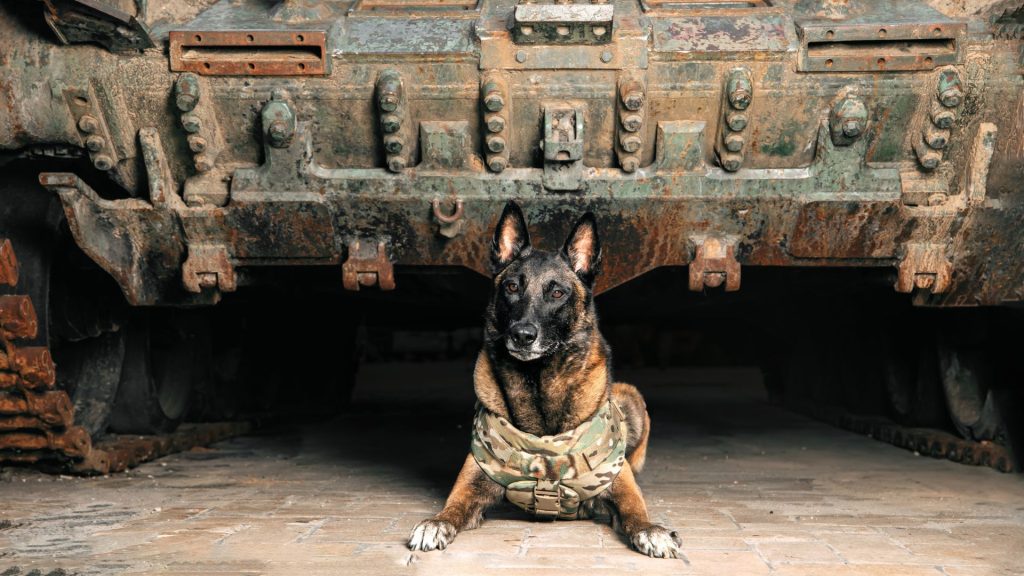
History of War Dogs
Dogs have served in warfare since ancient times. In ancient Egypt, they acted as sentries and attackers. The Romans used dogs in battle, equipping them with armor and sending them into combat. The Greeks also relied on dogs for protection and to guard their camps. These early war dogs were essential for their keen senses and loyalty.
During World War I and II, dogs played vital roles. In World War I, dogs delivered messages across the battlefield, carried supplies, and helped locate wounded soldiers. They were known for their courage under fire. In World War II, their roles expanded. Dogs were trained to detect mines and explosives, saving countless lives. They also served as guard dogs and scouts, providing early warnings of enemy presence.
In modern military forces, dogs continue to be indispensable. Today’s war dogs are highly trained in various tasks. They detect explosives, search for drugs, and assist in search and rescue operations. Special forces units, like the Navy SEALs, often deploy dogs in high-stakes missions. These canines can parachute from planes and rappel from helicopters. Their ability to navigate difficult terrain and detect threats makes them invaluable.
War dogs are more than just tools; they are partners. Their loyalty, bravery, and skills contribute significantly to military success. These dogs undergo rigorous training to prepare for their roles, ensuring they can handle the demands of modern warfare. As technology advances, the use of war dogs continues to evolve, but their importance remains unchanged.
Criteria for Selection of War Dog Breeds
Choosing the right dog for military work requires specific traits.
Temperament is crucial. War dogs must be fearless, loyal, and have a strong protective instinct. They need to remain calm under pressure and not be easily frightened. A stable temperament ensures they can handle the stress of combat situations. Aggressiveness towards the enemy but gentleness towards handlers is vital.
Physical attributes are equally important. War dogs should be strong, agile, and have endurance. They need to navigate rough terrains and harsh conditions. A robust build helps them tackle physically demanding tasks. Excellent senses, particularly smell and hearing, are essential for detecting threats and locating objects or people.
Trainability is another key factor. Military dogs must be intelligent and quick learners. They need to understand and obey complex commands. High trainability ensures they can adapt to various tasks and environments. Breeds that excel in learning and problem-solving are preferred. Their ability to quickly learn new skills and adapt to changing situations makes them valuable assets.
In summary, the best war dog breeds combine ideal temperament, physical prowess, and high intelligence. These characteristics enable them to perform a wide range of military duties effectively. Selecting dogs with these traits ensures they can meet the demands of modern military operations.
Top 10 War Dog Breeds
1. German Shepherd
The German Shepherd is one of the most recognized war dog breeds. They have a long history of military service, dating back to World War I. Known for their intelligence and versatility, they excel in various roles.
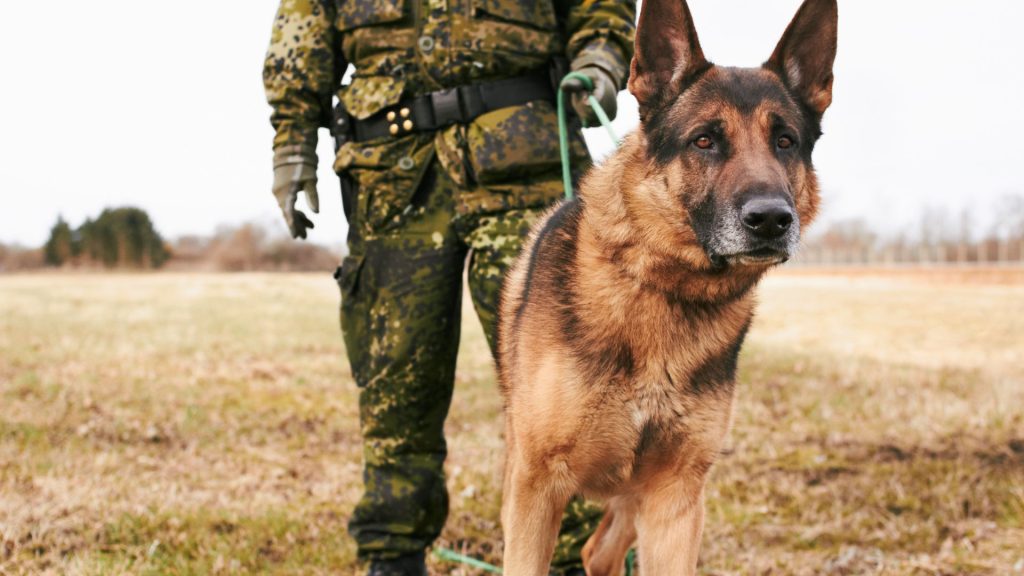
Military Roles: German Shepherds are used for search and rescue, tracking, and detection of explosives and drugs. They also serve as guard dogs and protect their handlers with fierce loyalty.
Key Traits: These dogs are intelligent, trainable, and possess a strong work ethic. They are also highly protective and loyal, making them perfect for military work.
2. Belgian Malinois
The Belgian Malinois is another top choice for military and police work. They are often seen in elite units like the Navy SEALs.
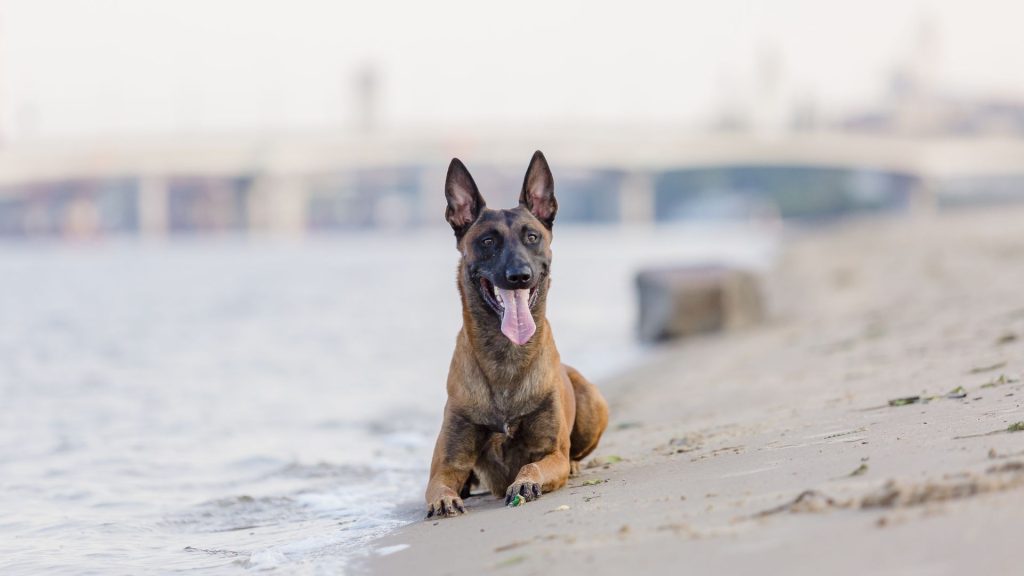
Military Roles: These dogs are known for their skills in detection, search and rescue, and protection. They can parachute and rappel with their handlers, making them ideal for special operations.
Key Traits: Belgian Malinois are agile, strong, and highly trainable. Their energy and focus make them exceptional in high-pressure situations.
3. Labrador Retriever
Labrador Retrievers might be best known as friendly family pets, but they also serve critical roles in the military.

Military Roles: Labradors are used primarily for detection work. Their excellent sense of smell makes them perfect for sniffing out explosives, drugs, and other contraband. They are also used in search and rescue missions.
Key Traits: Labradors are intelligent, easy to train, and have a calm demeanor. Their friendly nature makes them easy to work with and helps them perform well in various environments.
4. Doberman Pinscher
The Doberman Pinscher is another breed with a strong military background. They were first used by the U.S. Marine Corps during World War II.
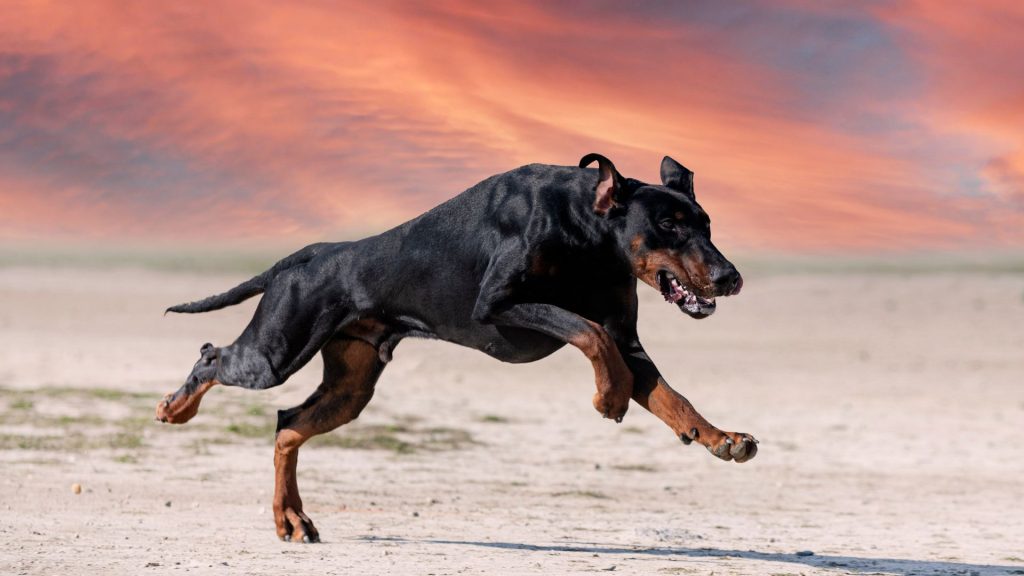
Military Roles: Dobermans are used as sentry and scout dogs. Their keen senses and alertness make them excellent for guarding and reconnaissance missions.
Key Traits: Dobermans are fearless, loyal, and have a strong protective instinct. They are also agile and fast, which helps them perform their duties effectively.
5. Rottweiler
Rottweilers have a long history of working alongside humans, dating back to the Roman Empire. They are powerful dogs known for their strength and loyalty.
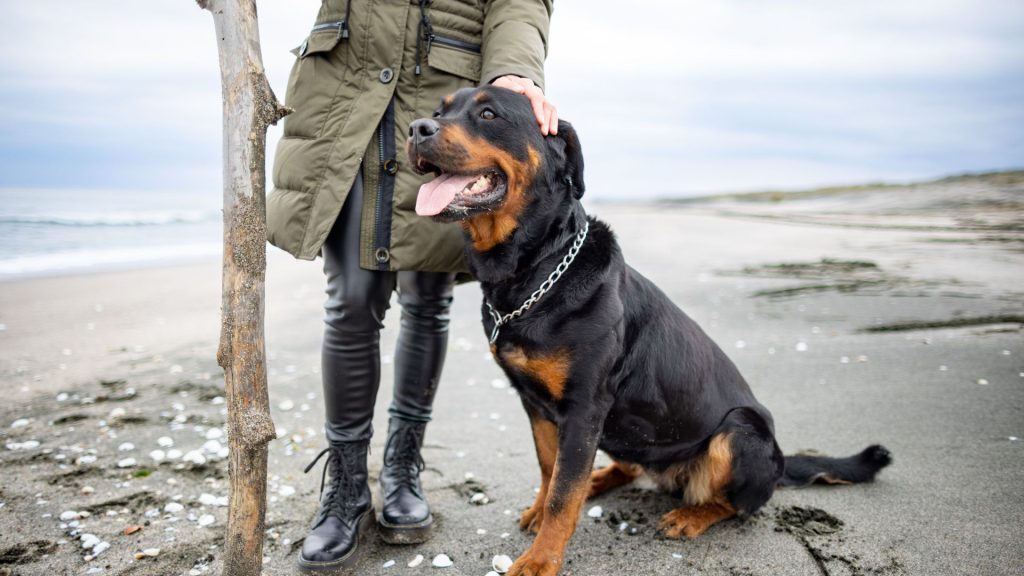
Military Roles: Rottweilers are used for protection and guarding. Their intimidating presence and protective nature make them ideal for these roles. They are also employed in search and rescue operations.
Key Traits: Rottweilers are strong, loyal, and have a natural guarding instinct. They are also intelligent and trainable, making them versatile in various military tasks.
6. Boxer
Boxers have been used in military roles for many years. Their strength and agility make them suitable for various tasks.
Military Roles: Boxers are primarily used for detection and protection. Their energy and alertness help them excel in these roles.

Key Traits: Boxers are strong, energetic, and highly trainable. They have a playful yet focused nature, which makes them effective in military work.
7. Dutch Shepherd
The Dutch Shepherd is a lesser-known but highly effective war dog breed. They are similar to the Belgian Malinois in many ways.

Military Roles: Dutch Shepherds are used for detection, search and rescue, and protection. Their intelligence and agility make them suitable for a wide range of tasks.
Key Traits: Dutch Shepherds are intelligent, agile, and have a strong work ethic. They are also highly trainable and adaptable.
8. Giant Schnauzer
Giant Schnauzers are known for their strength and loyalty. They have been used in various military and police roles.
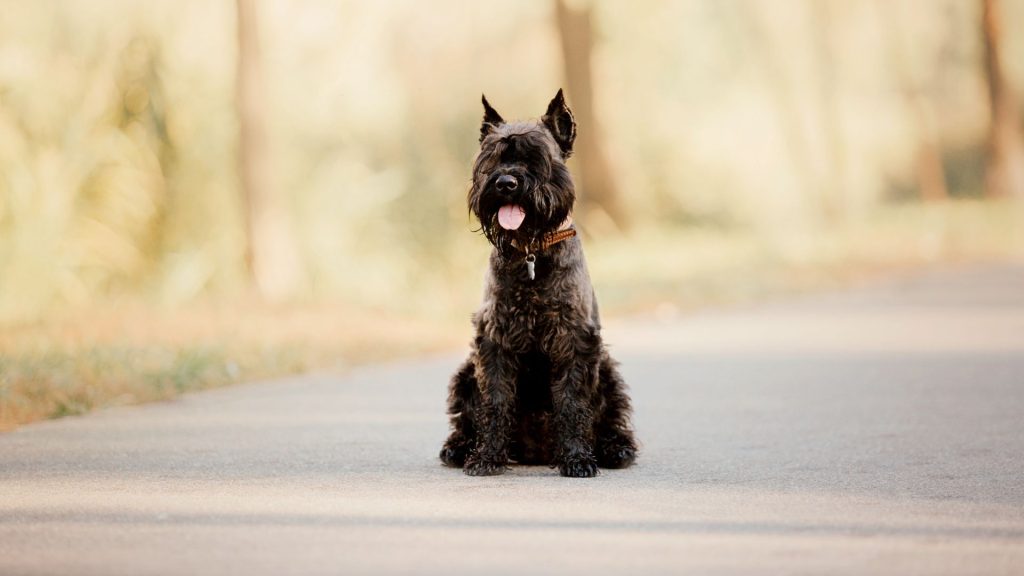
Military Roles: Giant Schnauzers are used for guarding and protection. Their size and strength make them effective in these roles. They are also used in search and rescue operations.
Key Traits: Giant Schnauzers are strong, loyal, and highly trainable. They have a natural protective instinct and are very obedient.
9. American Pit Bull Terrier
The American Pit Bull Terrier has a strong and muscular build, making them suitable for various military tasks.
Military Roles: Pit Bulls are used for detection and protection. Their strength and determination make them excellent in these roles.
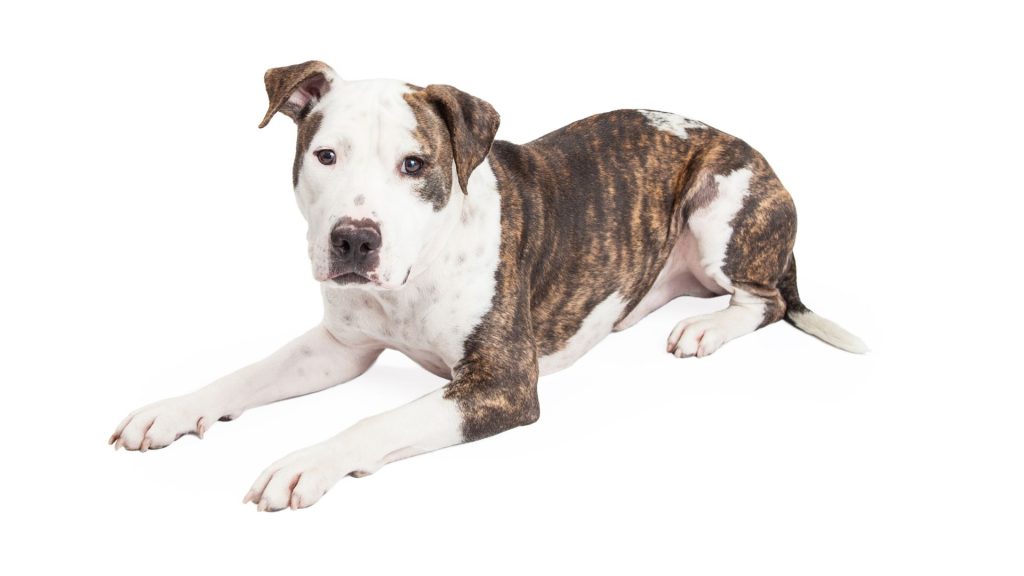
Key Traits: Pit Bulls are strong, loyal, and highly trainable. They have a high pain tolerance and a strong work ethic, which makes them effective in demanding tasks.
10. Airedale Terrier
The Airedale Terrier is known as the “King of Terriers” and has a history of military service.
Military Roles: Airedales were used in World War I for various roles, including message delivery and search and rescue. They are still used today for detection and protection.
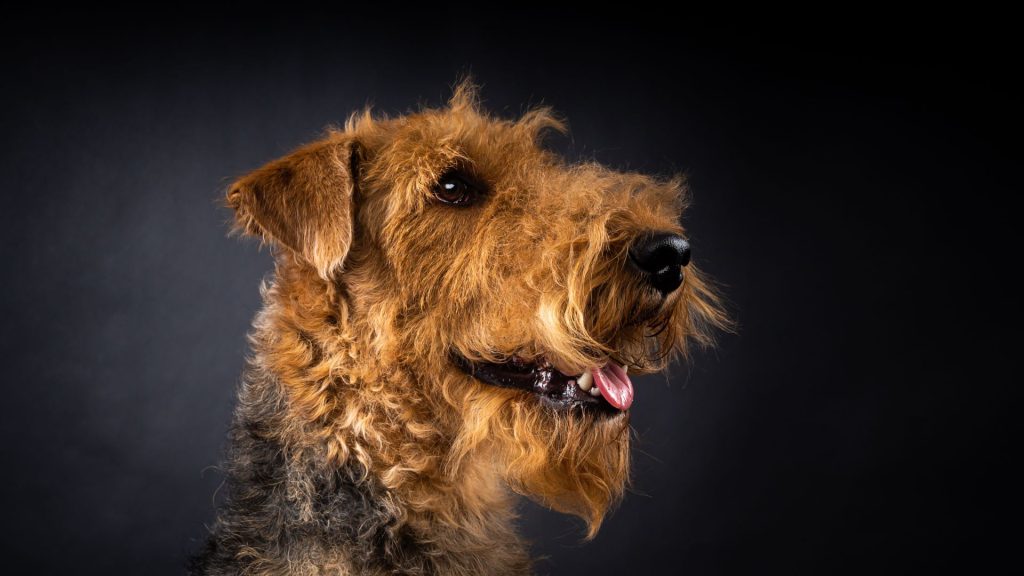
Key Traits: Airedales are intelligent, loyal, and highly trainable. They have a strong work ethic and are very versatile, making them suitable for various military tasks.
Training and Deployment of War Dogs
Military dogs undergo rigorous training to prepare them for their roles. This training includes obedience, agility, and specialized skills like detection and search and rescue. The dogs are trained to work closely with their handlers, ensuring a strong bond and effective communication.
War dogs are deployed in various environments, from combat zones to disaster areas. They play a crucial role in protecting troops, detecting threats, and saving lives. Their presence is a significant asset to military operations.
Stories of War Dogs in Action
There are many heroic tales of war dogs in action. One notable example is Sgt. Stubby, a World War I dog who warned troops of gas attacks and located wounded soldiers. Another example is Cairo, the Belgian Malinois who was part of the team that captured Osama bin Laden. These stories highlight the bravery and importance of war dogs.
Conclusion
War dogs have been essential to military success throughout history. Their bravery, loyalty, and skills make them invaluable partners on the battlefield. From ancient times to modern warfare, these canines have shown that they are more than just tools; they are true heroes. Supporting the training and care of war dogs ensures they continue to protect and serve in the future.

Hello, I’m Donna Carter, the founder and writer behind PetFleck.com. My journey with dogs started years ago, and it’s been a passion that has only grown stronger over time. I’ve always been fascinated by the unique behaviors and characteristics of different dog breeds, and this curiosity has led me to dive deep into the world of canine studies.
My love for dogs is the driving force behind everything I do. I’ve dedicated countless hours to researching and understanding the nuances of dog care, training, and breed-specific traits. This dedication helps me create content that is not only informative but also genuinely helpful for fellow dog lovers and owners.
At PetFleck, I combine my extensive knowledge and hands-on experience with my passion for dogs to provide valuable insights and tips. Whether it’s exploring different breeds or offering practical advice on dog care, I aim to share knowledge that makes a real difference in the lives of dogs and their families.
I’m thrilled to share my love for dogs with you through my writing. I hope my articles inspire and inform, helping you to better understand and appreciate the incredible bond we share with our furry friends.
Thank you for visiting PetFleck.com, and I look forward to connecting with you through our shared love of dogs!


